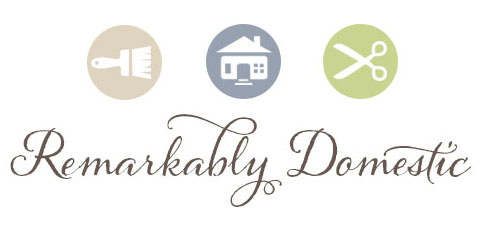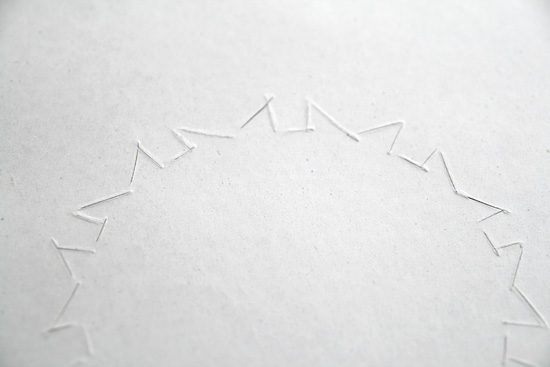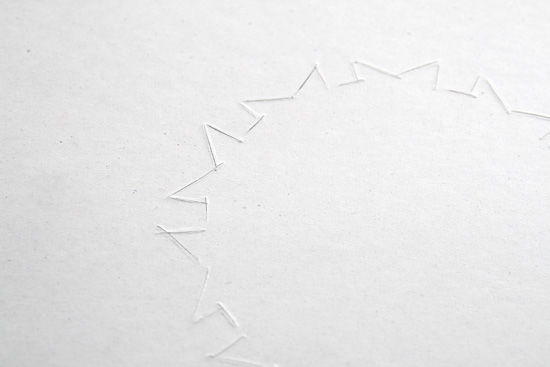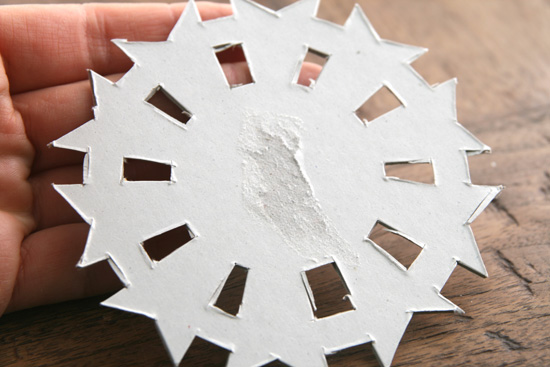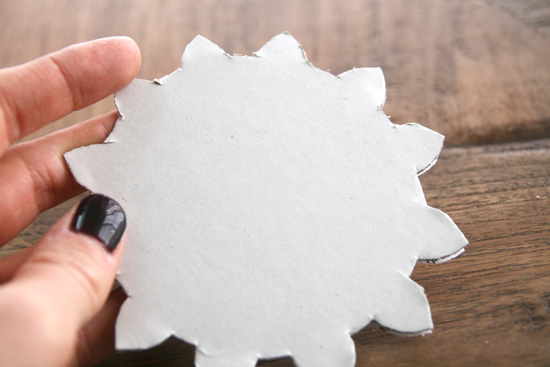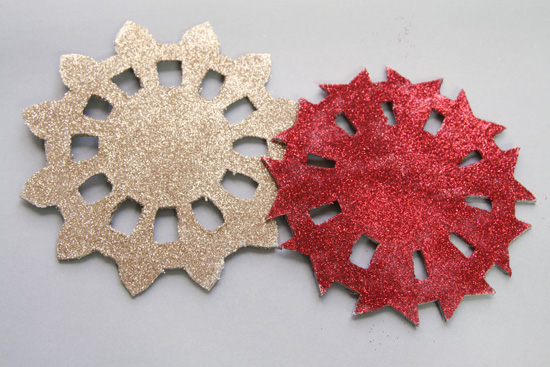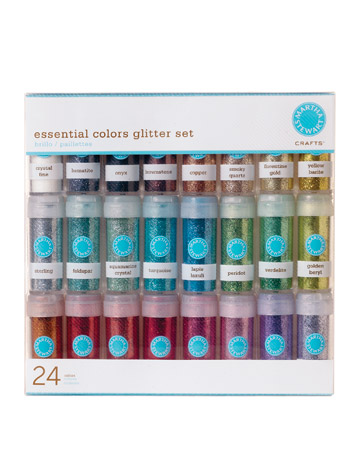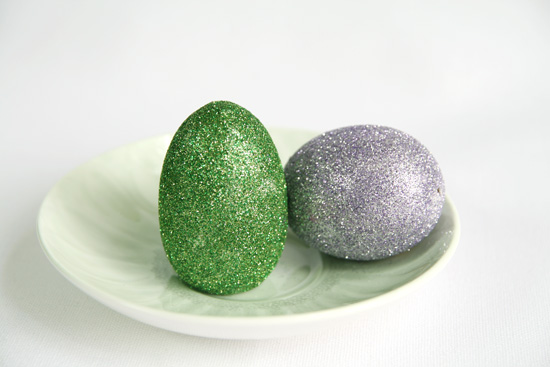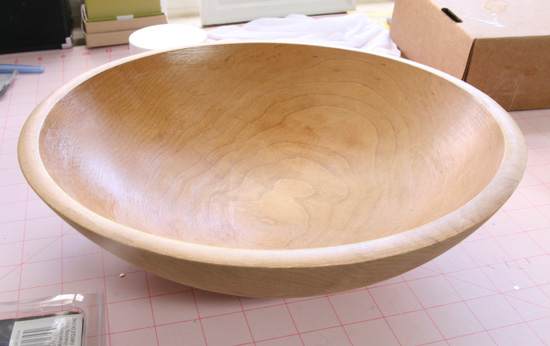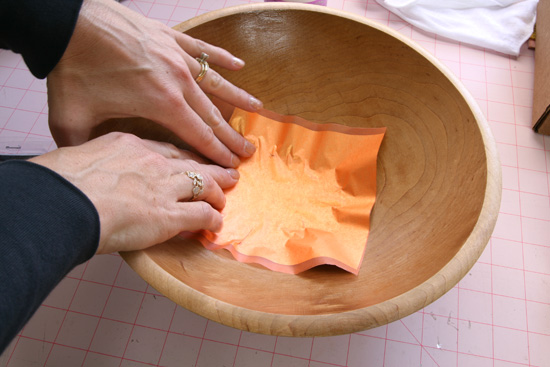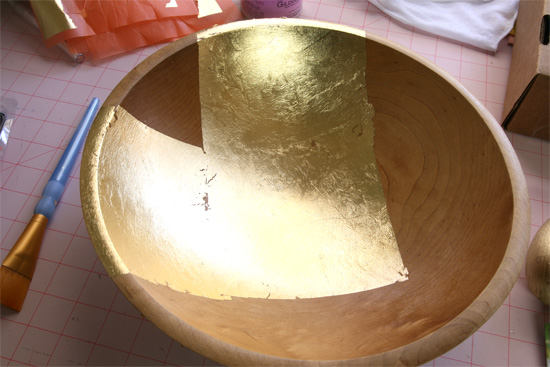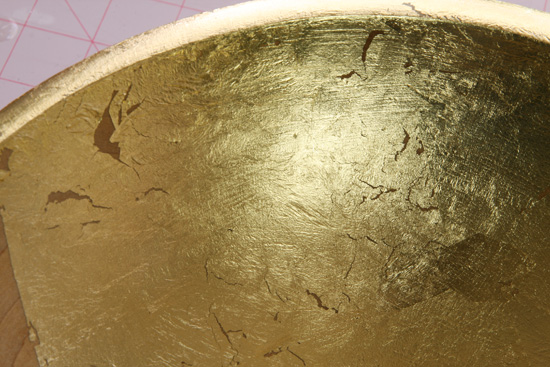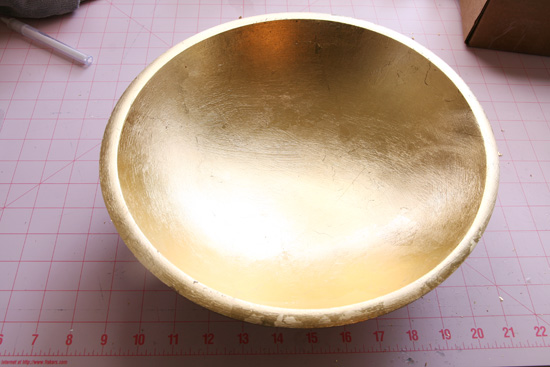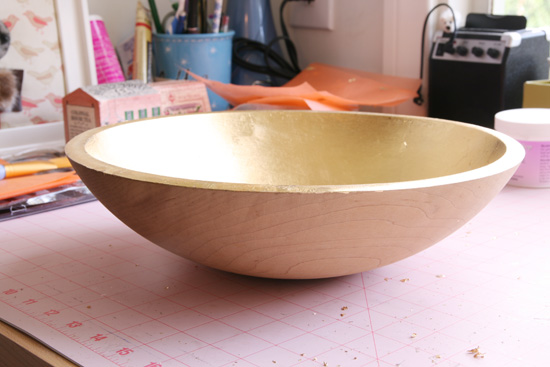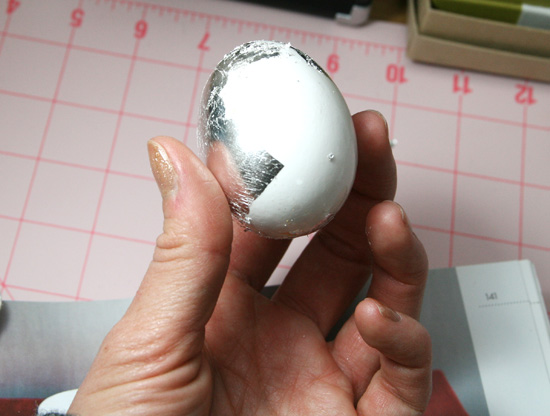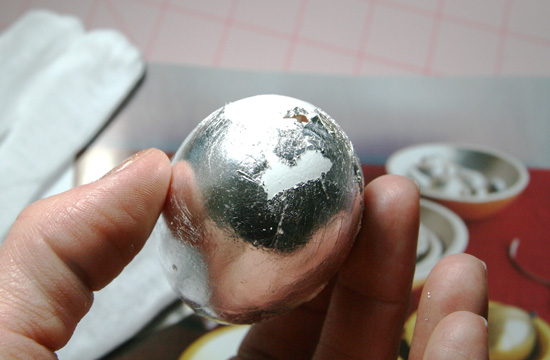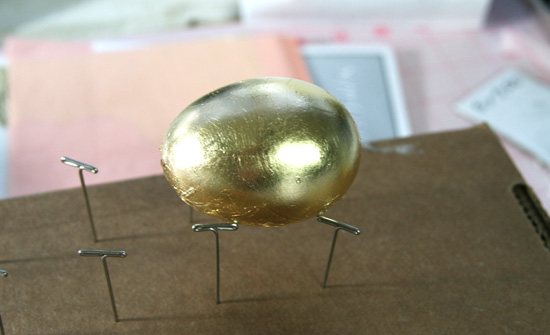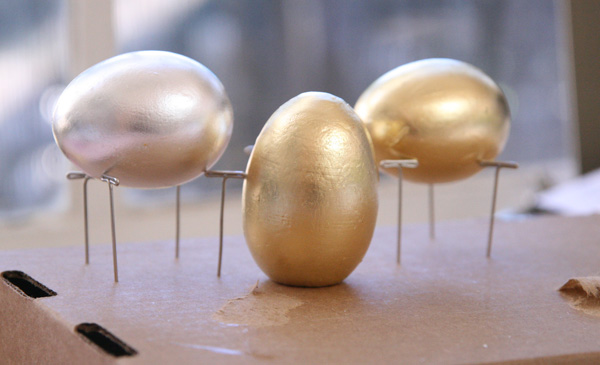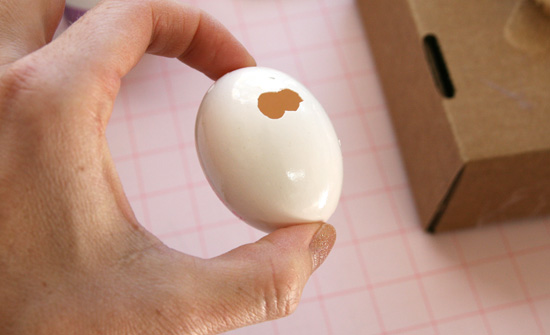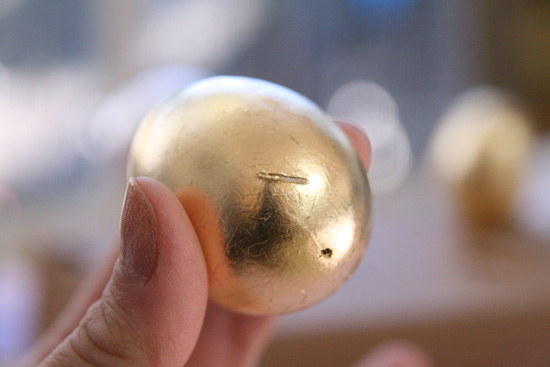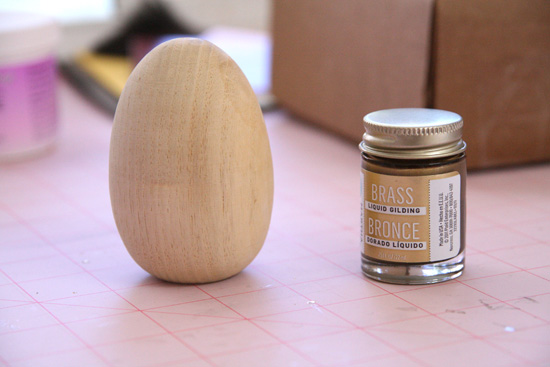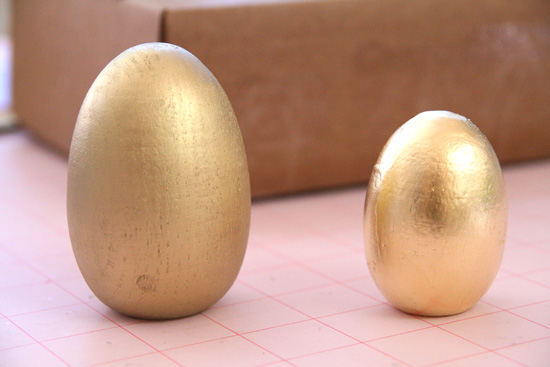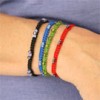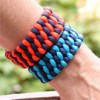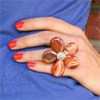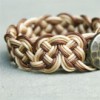You would not guess, looking at this project, that it was the one that almost pushed me over the edge. For the first time, I actually considered giving up. Giving up on Martha!
It’s a totally straightforward project. Cut out snowflakes. Cover them in glue. Cover them in glitter. And… scene.
But the problems start with the cutting. Step one. I had a feeling that it was going to be slow going because you have to cut out a detailed image in cardboard. With a craft knife. My craft knife skillz are not the best. But this craft had me considering: “Am I even doing this right? Do I need a craft knife tutorial? Isn’t this tool pretty self-explanatory?”
The problem is that cutting out so many details with a craft knife takes a long time, and it’s really hard to be precise. To outline a few of the main problems:
~ The knife doesn’t cut all the way through the cardboard. You have to go over the cut several times until you can tell it’s gone through. But then what happens is the seams between cuts don’t go all the way through.
You can see here that where the edges come together, the cuts haven’t gone all the way through. That’s annoying, and what I ended up having to do was go over all the cuts from the back.
~ While some of the cuts don’t go through at the connection points, the others get overcut, and that makes the delicate points on the snowflake less stable.
You can see how some of the cuts go past where they should. GAH!
So, do you want to know how long it took me to cut out this snowflake with a craft knife? It took me 23 minutes. Seriously! Half way through, I started an internal dialogue.
“This is what I’m doing right now. I have just spent 15 minutes cutting out a snowflake that I will probably never use and that I don’t want. Should I just quit? Cut my losses? I could be doing one hundred other things with my time right now. What am I doing?”
But I staggered on, with each cut thinking, “this is going to be my last cut. I’m quitting.” Until finally, it was done. PRAISE THE LORD.
So as you can see, this looks like crap. But I was hopeful that the glittering would cover over most of the imperfections. I pulled off all those little hangy pieces and moved on.
There was another template with a differently-shaped snowflake, and in spite of my hatred for this process, I decided to do an experiment. I wondered whether cutting with scissors might not be easier. So I cut the outside of this snowflake with scissors.
Aaaaand that one looks like crap, too. It was highly frustrating (and even a little painful) to cut through the cardboard with scissors, but it was faster. I had to cut the inside with the craft knife, but all told this one took me 18 minutes instead of 23.
Gah! I’ve already spend 40 minutes on this craft, and I haven’t even gotten to the glitter part!
But when I did, there was more frustration awaiting. I covered the snowflake with Martha’s own “glittering glue,” and I covered it well. I let it sit for a while to dry before I shook off the extra glitter. And then?
BLARGH! The glitter was very, very spotty.
Now, this was a real disappointment, every step of the way. So I took matters into my own hands. I went and got the spray adhesive an sprayed the crap out of these snowflakes, and then coated them in glitter. And you know what? It worked like a charm in about 3 seconds. What the hell, Martha?
There they are. Mocking me with their preschool art project looks and their epic difficulty. I’m pretty sure these were one of the labors of Hercules.
To recap: this project blows.
TIME INVESTED
ZOMGZ I spent over an hour on these two snowflakes.
DIFFICULTY
Really, really crazy hard
TOTAL COST
- glitter pack, $29.99 (or significantly cheaper if you buy it at Michaels with the 40% off coupon)*
- glittering glue, $3.99
- cardboard (I keep pieces of cardboard from packaging that I think might be useful, so I didn’t spend any money on this item)
Total cost = $33.98
WAS IT WORTH IT?
It is possible that this is the least desirable craft in the Encyclopedia so far. No, indeed.
More glittering to come.
